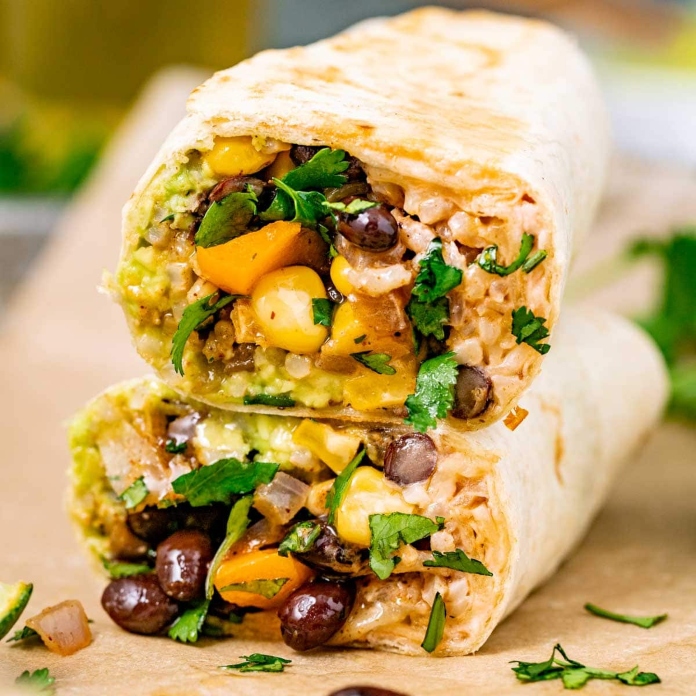News
A Better Choice With Eco-Labels
According to the results of a new study carried out by Katie De-loyde at the University of Bristol and colleagues, a simple change to food labelling might help people to make more sustainable choices.
An ‘eco-label’ would indicate the ranking of food on a traffic light type scale of sustainability. For example, a beef burrito would get a red 5 rating (for unsustainable), a chicken burrito a yellow 3 (neither sustainable nor unsustainable) and a vegetarian burrito a green 1 (sustainable).
In presence of an eco-label more people (84%) went for vegetarian or chicken (the more sustainable choices), instead of the beef burrito, in the eco-label condition, compared with the control (69%).
Overall in their research, there was strong support for the eco-label, with 90% of the participants saying that they supported the idea of food being labelled in this way.
The research was published in Behavioural Public Policy.
An ‘eco-label’ would indicate the ranking of food on a traffic light type scale of sustainability. For example, a beef burrito would get a red 5 rating (for unsustainable), a chicken burrito a yellow 3 (neither sustainable nor unsustainable) and a vegetarian burrito a green 1 (sustainable).
In presence of an eco-label more people (84%) went for vegetarian or chicken (the more sustainable choices), instead of the beef burrito, in the eco-label condition, compared with the control (69%).
Overall in their research, there was strong support for the eco-label, with 90% of the participants saying that they supported the idea of food being labelled in this way.
The research was published in Behavioural Public Policy.



